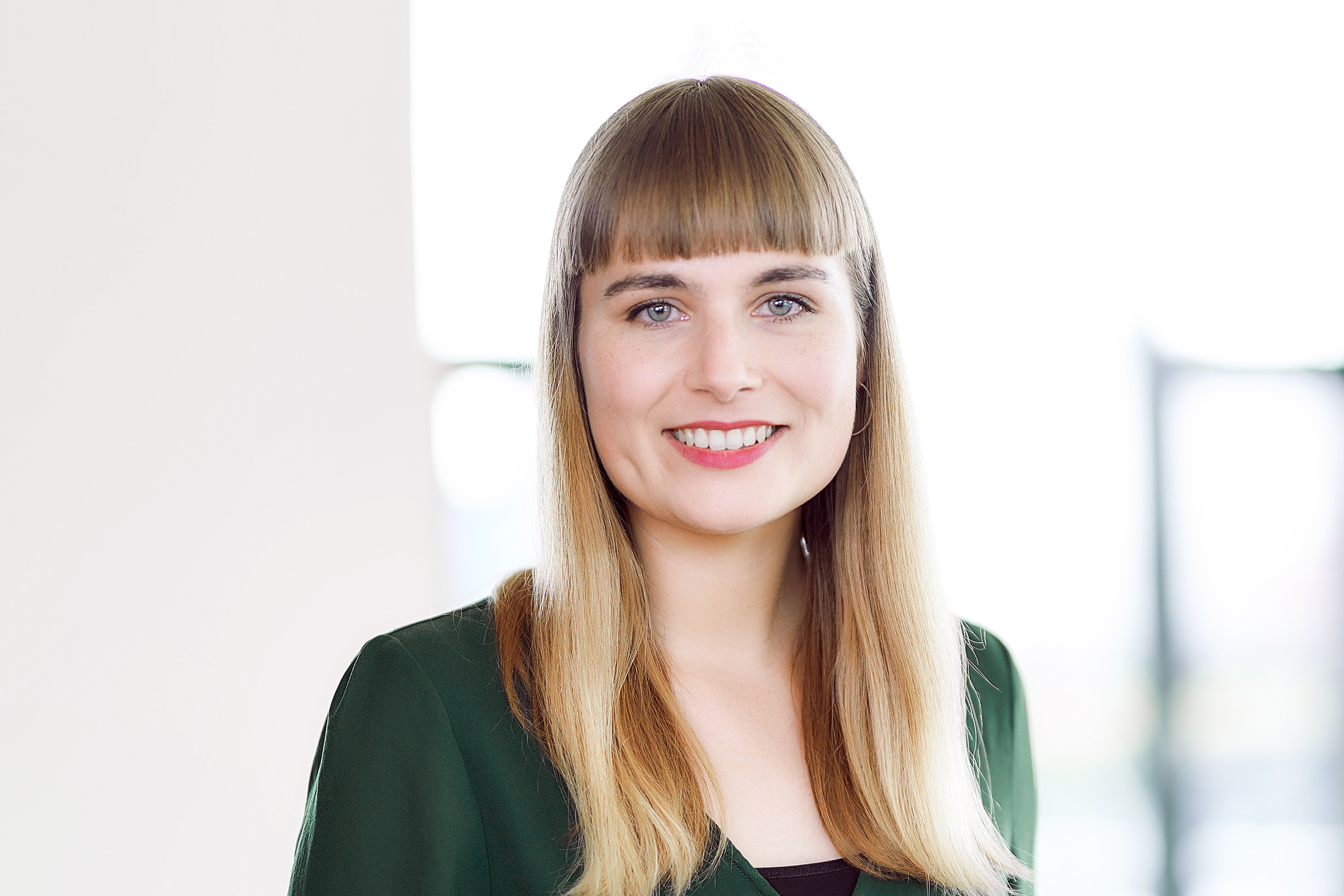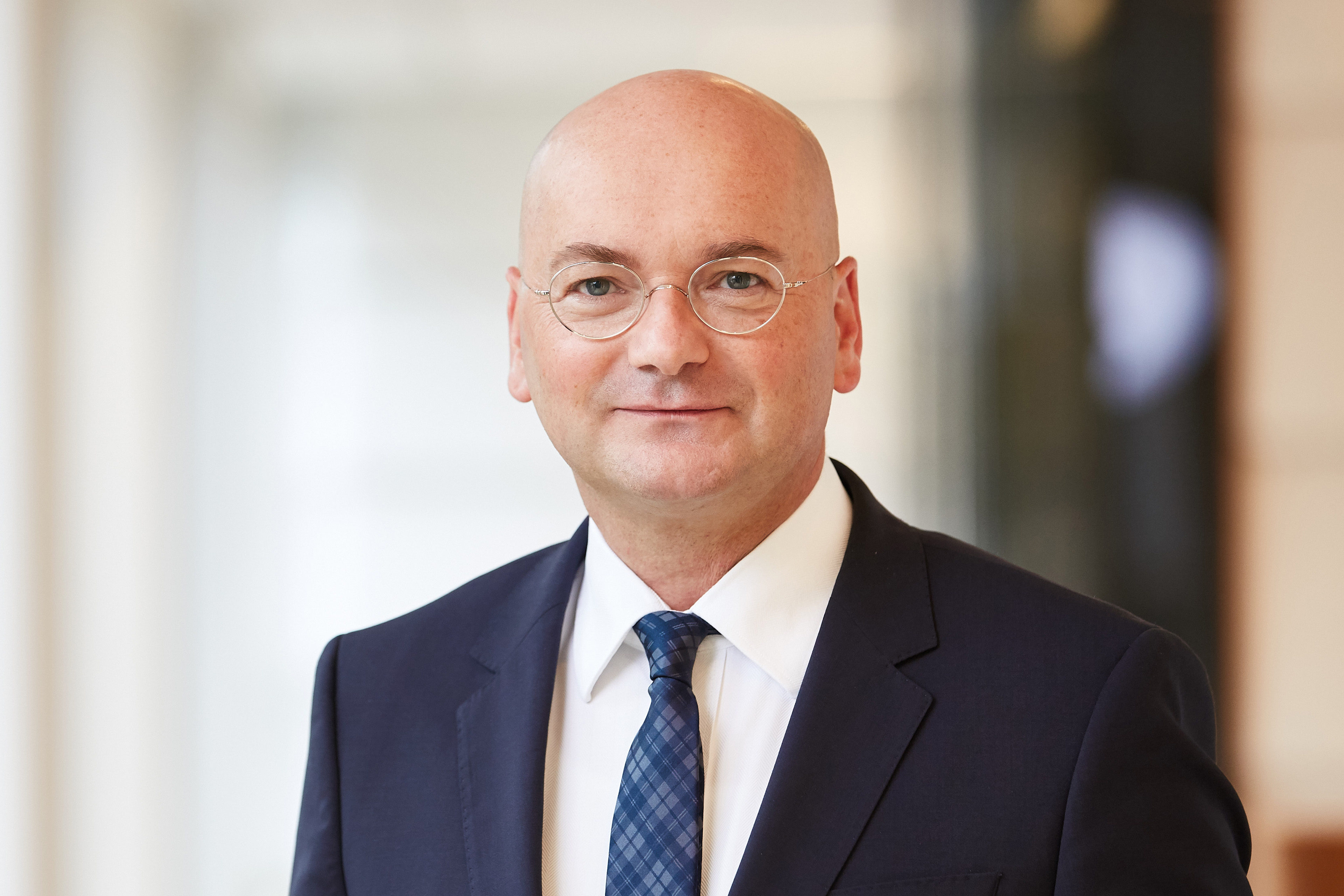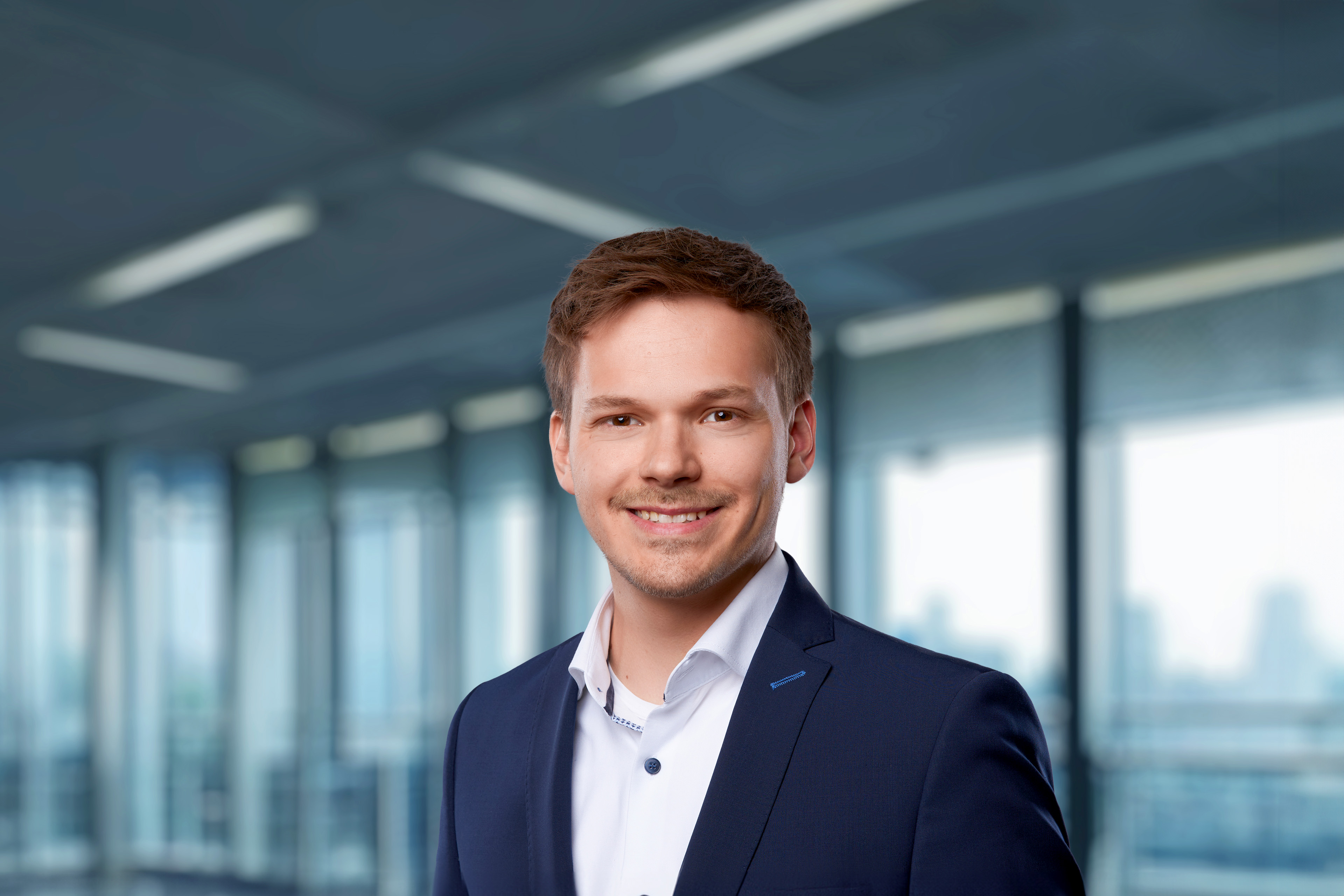Through immersive and dynamic experiences, EY wavespace brings together business leaders, design thinking and technology so that companies can accelerate transformation, drive innovation and create measurable outcomes. Whether they meet in-person or virtually — or even in the metaverse — teams can break free from the everyday through EY wavespace, with collaborative tools to reframe thinking about their challenges and opportunities.
That’s exactly what 11 tax leaders from BDEW member companies, as well as Dr. Tanja Utescher-Dabitz, Head of Digitization, Business Management and Tax at BDEW, were hoping to achieve at a two-day EY wavespace experience in Munich. They gathered with EY leaders in a specially designed space equipped with collaboration tools like Microsoft Surface Hub and Studio, Mural and Menti.
The participating members co-created a strategic blueprint for digitalizing tax functions, full of leading practices for the biggest players down to the municipal level. To create an open atmosphere with new ways of collaborating professionally and personally, EY teams encouraged them from the start to set aside formalities and embrace the opportunity to join forces with their peers.
Günther Hüttinger, Intelligent Tax Automation Leader at EY GmbH Wirtschaftsprüfungsgesellschaft, in Europe, kicked off with an overview of digitalizing the tax function across the key dimensions for success. “To successfully digitalize a tax function, technology alone is not enough,” he said, also citing data, processes, people, culture and change, organization, and strategy. “By using EY wavespace we were able to break through internal silos and bring a cross-departmental strategy for digital transformation in tax.”
Then EY teams surveyed the tax leaders, asking: what are your key challenges in the transformation of the tax function? Where do you see yourselves on this journey? Which tech are you using, and what’s been your experience with it? By being agile and flexible, EY wavespace experience leaders built the flow for the rest of the two days based on these responses.
The capabilities in EY wavespace also help industry leaders to demonstrate technology. For instance, Benjamin Jetter, Senior Client Technology Lead with Microsoft, demonstrated how to maximize value by connecting data and the cloud through Azure Cloud and Microsoft Office 365 suites.
“Through our alliance with EY, companies get a platform that underpins the tax function of the future, coupled with skills from EY and Microsoft professionals in getting the most out of it,” Jetter said.
Data proved to be one of the most pivotal subjects in the discussion since tax functions get a lot of it in different formats and from different sources every day. “Tax is typically last in the data supply chain,” said Alwin Schatz, a senior business tax advisor at EY GmbH Wirtschaftsprüfungsgesellschaft, who helped design the EY wavespace experience. “They depend on others for data, and they must cleanse and transform it to prepare before it can be ready for use and turned into insights.”
Proactive data management was, therefore, a crucial area to understand better and define during a successful transformation. “Each department within a company often builds its own technical workarounds,” Hüttinger said. “But with the backing of executives, unified data management creates the opportunity to leverage cross-departmental synergies.”
EY teams also described and demonstrated platforms such as the SAP S/4HANA Direct Tax Solution; Tax Workflow Platform for Audit, Risk and Compliance Management; and Tax Data Hub. EY wavespace added value through centered dialogue, not a series of lectures. For instance, participants were separated into smaller breakout groups to discuss different challenges through round robins, giving the tax leaders the opportunity to build on each other’s ideas.
Through it all, EY wavespace experience leaders remained flexible enough to pursue the most fruitful paths based on the discussion. “On the second day, we decided to use design thinking to put them in ‘dream big’ mode, as many were thinking within the confines of reducing headcount,” said Oina Kerchner, EY wavespace™ Berlin Leader, Ernst & Young GmbH Wirtschaftsprüfungsgesellschaft. “How do you think outside of the box if the box is super-limited?”
To step outside of this limited box, we chose an exercise in which we told the tax leaders to pretend they had a million dollars to spend right now. Which solution would they invest in? Then they pitched their choices to the others.






